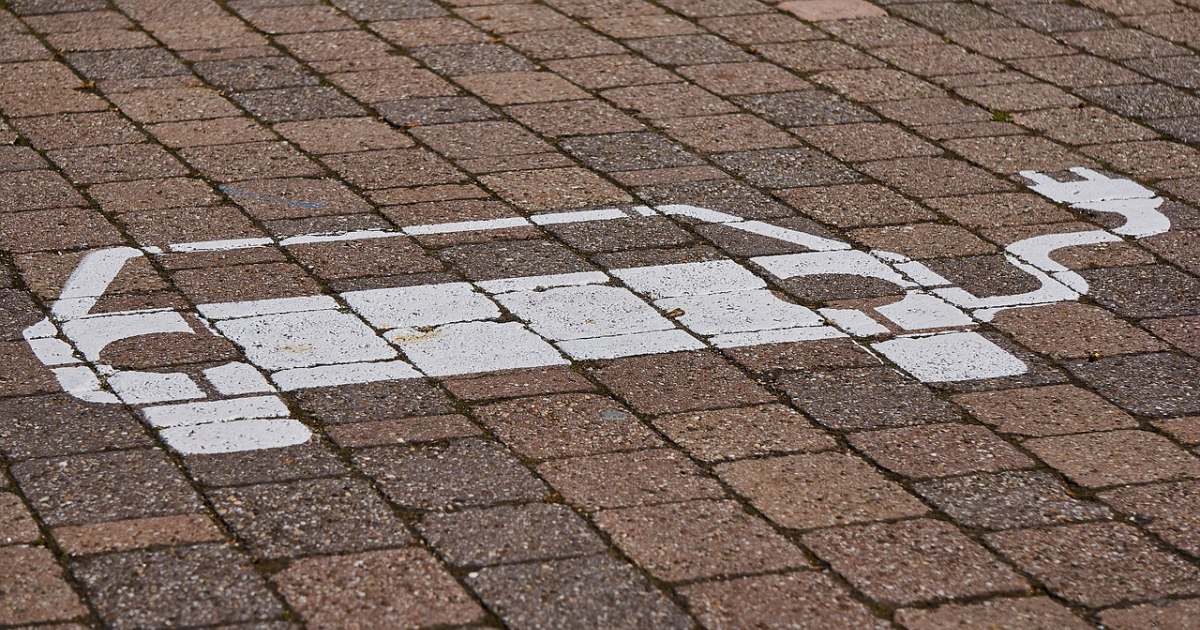It’s been 11 months since Victoria’s Andrews Government launched its Zero Emissions Vehicle (ZEV) Subsidy – so how are things tracking with the program?
Announced after backlash concerning the ZLEV Road-User Charge and available since early May last year, the program offers a $3,000 subsidy on eligible new ZEVs with a purchase price (dutiable value) under $68,740.
An announcement from Victorian Minister for Energy, Environment and Climate Change Lily D’Ambrosio’s office on the weekend indicates more than 4,000 Victorians have taken advantage of the incentive to date.
“The $46 million subsidy program is part of the Labor Government’s $100 million Zero Emissions Vehicles Roadmap, which also installing charging infrastructure across Victoria to ensure drivers will never be more than one hour from a charging station,” states the announcement.
The release notes EV sales in Victoria last year were 310 per cent higher than in 2020. It’s interesting looking at the national picture – sales of plug-in electric vehicles tripled from 6,900 in 2020 to 20,665 in 2021, so the growth rate in Victoria wasn’t much more than what was experienced across the country.
According to the announcement, the local government areas of Wyndham (outer south-western suburbs of Melbourne), Boroondara (eastern) and Monash (south-eastern) are leading the way on ZEV uptake.
I was curious about how this compared with rooftop solar panel installations in each LGA as electric cars are particularly attractive to solar power system owners given they have the basics for dirt-cheap home charging with self-generated energy already in place. The Australian Photovoltaic Institute (APVI) indicates PV saturation in Wyndham at around 34.5%, 13.3% in Boroondara and 19% in Monash; so a really mixed bag there.
EV Subsidies Brought Forward
While the subsidies are far from all being spoken for, it was recently widely reported an additional $7.2 million has been allocated to the program – which would be enough for a further 2,400 vehicles assuming the incentive remains the same.
However, TheDriven reports an allocation of 2,400 subsidies was simply brought forward after an initial allocation of 4,000 rebates expected to last the full 2021-22 financial year were snapped up.
At this stage, there are 20,000 subsidies in total available under the initiative over three years, or until exhausted – whichever occurs sooner.
Electric Car Incentives Across Australia
Victoria isn’t the only state offering incentives to support the purchase of electric vehicles. We recently updated the SolarQuotes rebates and subsidies page to also include summary information on what’s available for EVs in each state and territory, along with links to further information on how to access the incentives.
Wanting an EV and being prepared to outlay the considerable amount of cash for a purchase – subsidised or not – is one thing. Taking delivery of an electric car anytime soon is quite another. Demand for electric vehicles in Australia is outstripping supply due in part to this country still being considered a backwater by EV manufacturers. SQ’s Ronald explains why here.
Related: The Homeowner’s Guide To Solar Power And Electric Cars.


 RSS - Posts
RSS - Posts



Michael,
Do you know what the “subsidies remaining” on the Solar VIC website represents? Is it based on the no. of subsidies that have been applied for or is it the no. of subsidies that have been finalized i.e. EV has been invoiced and delivered?